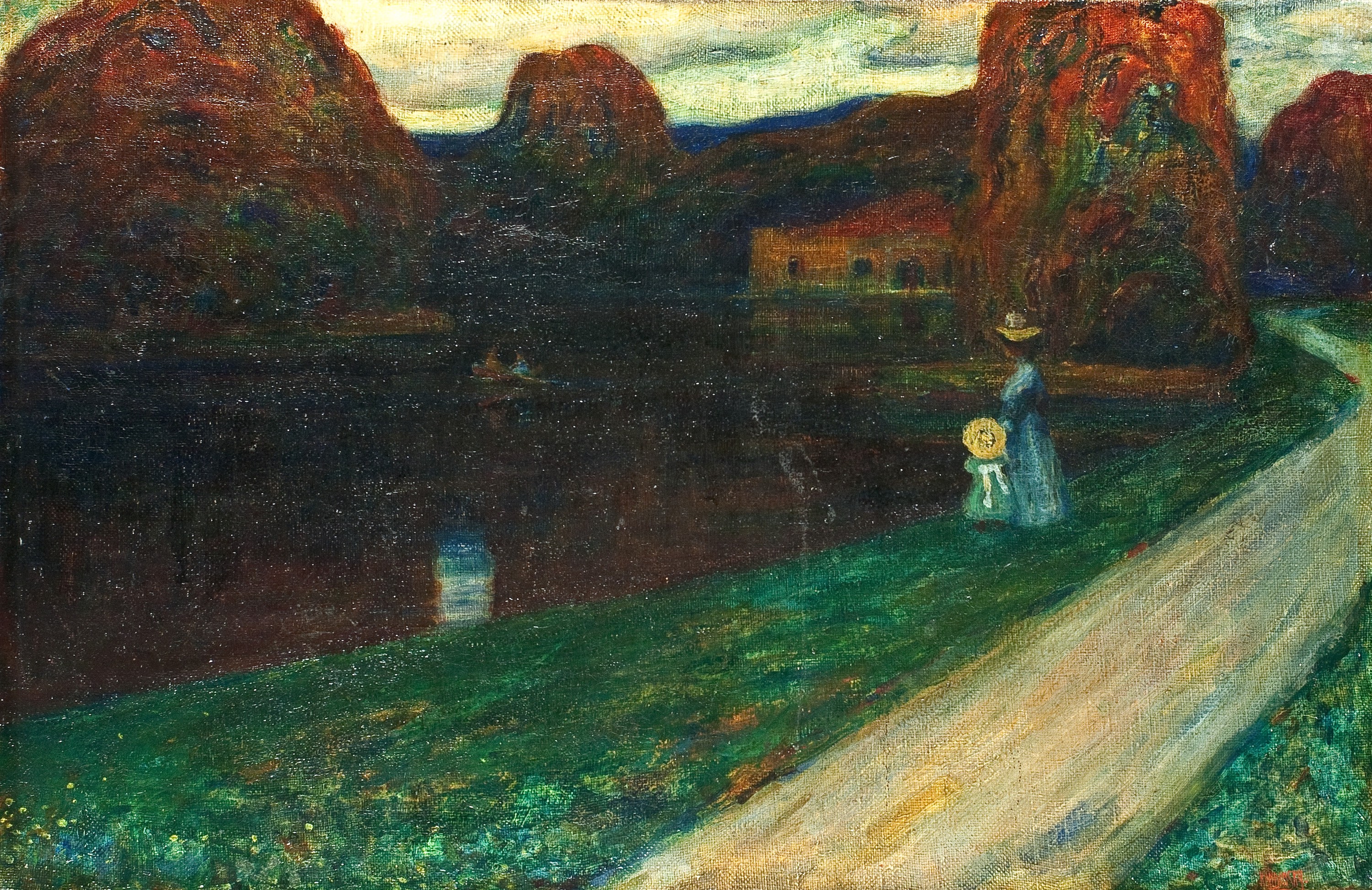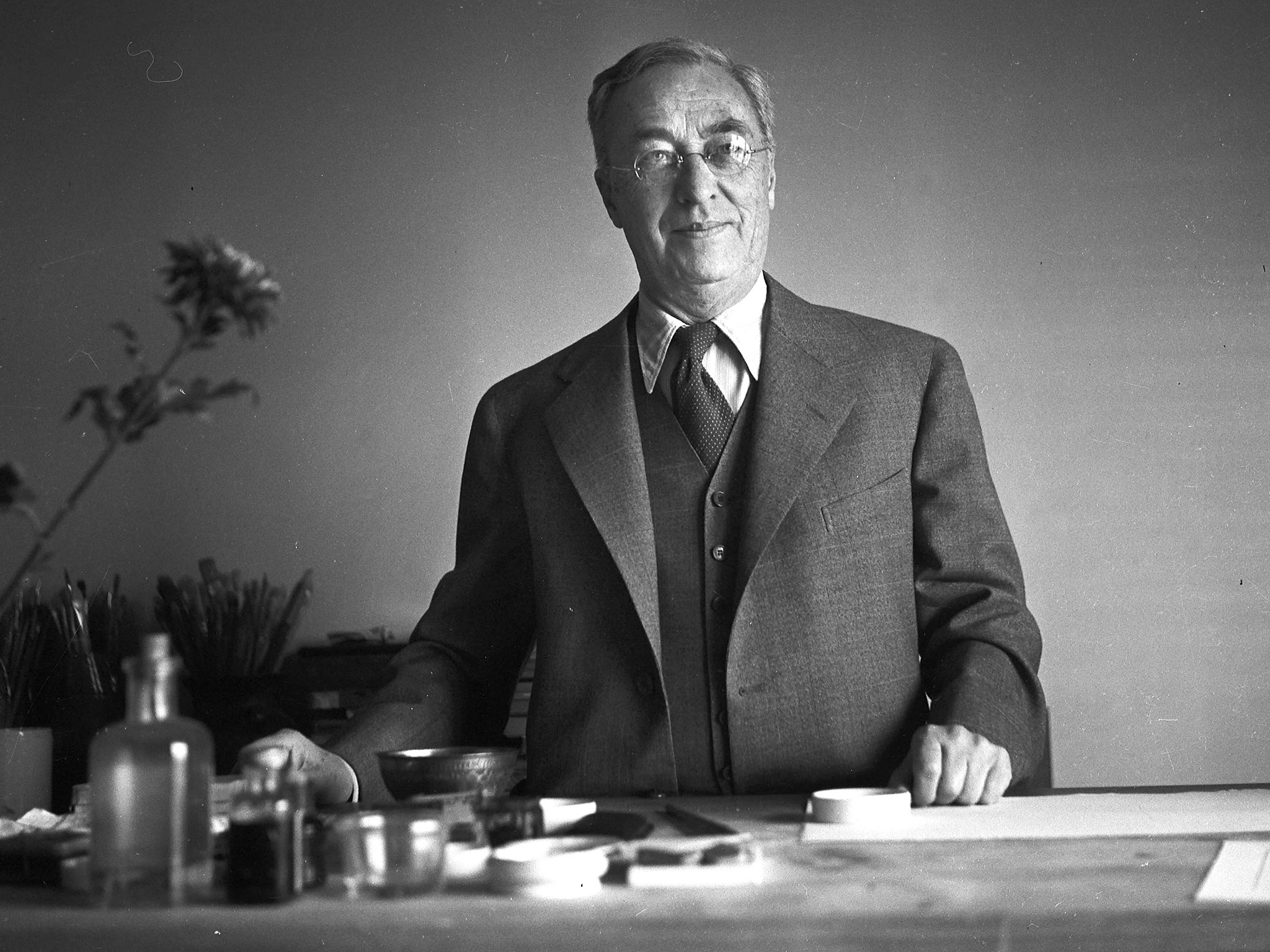Wassily Kandinsky, considered the author of the first Abstract painting from 1910, was a painter, engraver, and theoretician of art. He studied law, economy, and ethnology in Moscow and at the same time developed an interest in art. After the Impressionist exhibition in Moscow in 1896, at the age of 30, he decided to become a painter, despite being offered the position of a professor at the University in Dorpat. He settled in Munich but travelled a lot to broaden his mind, and in 1908 he met Rudolf Steiner and his philosophy, which had a great impact on him as an artist. Together with Franz Marc, he founded an almanac, Der Blaue Reiter. At the beginning of World War I he came back to Russia and after the revolution he co-created the avant-garde there.
Soon, he moved to Germany where he taught at the Bauhaus. When the Nazis took over Germany and closed the Bauhaus in 1932, he went to France. In Russia he was connected with Malevich, Tatlin, and Rodchenko; in Germany, with Klee, Feininger, and Jawlensky; and in France, with Chagall, Arp, and Miró. Evening was created during the Munich period and belongs to a group of works that the artist called “romantic landscapes and compositions.” Kandinsky and his partner of that time, a painter Gabriele Münter, created landscapes at Kochel am See in Bavaria. The dark tones of twilight, the expression of the matter of paint, the structure of canvas, and the soft modelling of shapes recalls moody Art Nouveau symbolism in which we can still notice the vibe of Monet’s Haystacks, which the artist would have seen in Moscow.
If you would like to watch Kandinsky drawing on a rare footage from 1926, click here.


 Wassily Kandinsky
Wassily Kandinsky